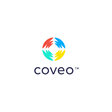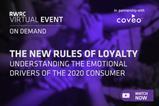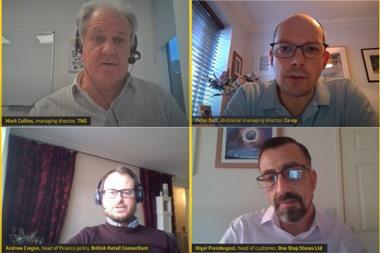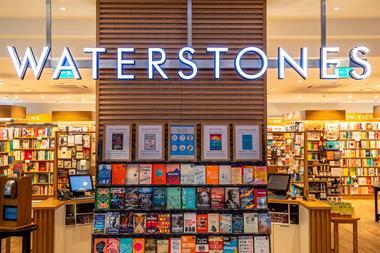Ecommerce businesses need to personalise the customer experience to boost conversion rates, says product manager at Coveo Andrea Polonioli.
The more personalised pages a consumer views, the greater the conversion rate. Nearly two thirds of consumers expect personalisation on websites, even though the majority of them don’t have a previous history of shopping there – and this leaves brands with a problem.
On B2C sites, only 5% to 25% of visitors are recurring, meaning history-based personalisation fails as much as 95% of the time.
That wouldn’t be an issue if bounce rates were low, but the average bounce rate of ecommerce stores is about 45%. Can a brand quickly create personalised experiences, even for first-time visitors, when it doesn’t have access to a sizeable amount of data? Yes, it can.
What does effective personalisation look like?
Over in the US, at a bricks-and-mortar sporting goods retailer, personalisation starts when shoppers walk in the door as they see customised promotions for their area. For example, while retail locations in Florida might display golf clubs, stores in colder US states might promote ski gear.
Websites can do something similar using shoppers’ IP addresses. If the customer is in Connecticut in chilly December, there’s no point promoting golf clubs to them when they land on the site.
Another way to personalise the experience quickly is to customise what a shopper sees according to the time of day they visit the site. For example, a late-afternoon visitor to an online sporting goods retailer could be greeted with a message about going for a run after work and a link to the latest running shoes.
“In ecommerce, you have to let people browse and move around – and react to their needs”
As the customer starts looking around, websites can leverage in-session actions to quickly build a greater understanding of what a customer might be looking for, delivering more personalised category suggestions.
Based on what past shoppers have done, the site can send new customers down a more specific path as they navigate. While a human clerk would ask more questions to gain clarity, a website does this by learning from shoppers’ actions.
In ecommerce, you have to let people browse and move around – and you must react to their needs precisely.
After one query, it’s hard to tell much about the customer’s intent beyond the fact that they are interested in trainers, but after a couple more clicks the site has more insight about what they want – whether that’s running shoes or basketball shoes – as well as relevant add-on items to recommend.
How does the AI of personalisation work?
The short answer is product vectors. The long answer is Jacopo Tagliabue’s technical deep dive on vectors on the Coveo blog. To explain things broadly, vectors are maps of relationships between products.
A session vector represents the intention of the user and averages the vectors for all the products in the session.
Going back to the example of a customer on the sporting goods website, if they have already browsed running shoes and running socks, the website’s AI calculates that running shorts are close to those items (occupying a similar area in the product space) and shows them to the customer as a suggestion.
By moving from one product to another, we are taking a virtual walk around the product space, implicitly expressing our interests. The only thing we need to do now is take these preferences into account to provide personalised search results.
The cost of personalisation
Personalisation isn’t a magic bullet for websites, but its potential is still underestimated – nearly all competitive analyses show this. The sites that the businesses are losing to are typically doing more with personalisation.
It’s not about looking at how brands can afford to do this, but trying to understand how they can afford not to. Inaction is a much greater expense.
A longer version of this article can be found on Coveo’s blog.

Andrea Polonioli is product manager at Coveo






























